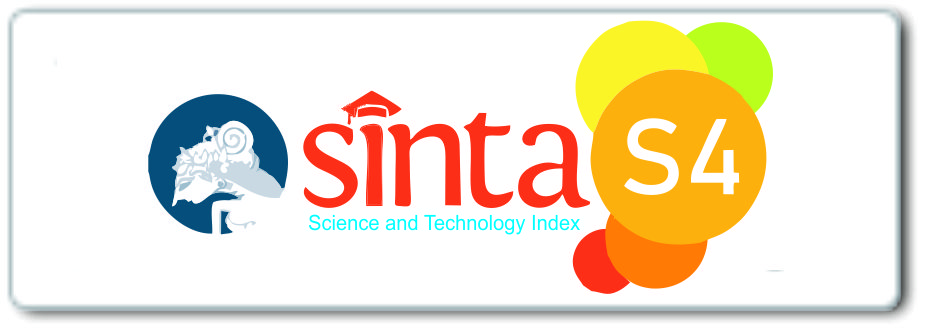Pengaruh Terpaan Tayangan Religi di Televisi Terhadap Sikap dan Perilaku Taqwa Pemirsa
Abstract
Keywords
Full Text:
PDFReferences
Ali, Mohammad, Dan Mohammad Asori. Psikologi Remaja: Perkembangan Peserta Didi. (Jakarta: PT Bumi Aksara, 2014).
Ali, Mohammad Daud. Pendidikan Agama Islam, (Jakarta: PT. Raja Grafindo Persada, 2002).
Hidayat, Dede Rachmat. Teori dan Aplikasi Psikologi Kepribadian dalam
Konseling, (Bogor:Ghalia Indonesia, 2011) .
Ismail, A. Ilyas. Pilar-Pilar Taqwa, (Jakarta: P.T. Raja Grafindo Persada, 2009).
Kasali, Rhenald. Manajemen Public Relations: Konsep dan Aplikasinya di Indonesia, (Jakarta: Pustaka Utama Grafiti, 2006).
Kriyantono, Rachmat.Teknik Praktis Riset Komunikasi. (Jakarta: Kencana Prenada MediaGroup, 2006).
Neuman, W. Lawrance. Metodologi Penelitian Sosial: Pendekatan Kualitatif dan Kuantitatif, (Jakarta: PT. Indeks, 2013). Edisi ke-7
Nimmo, Dan. Komunikasi Politik: Khalayak dan Efek. (Bandung: Remaja Rosdakarya, 2006).
Nurudin. Pengantar Komunikasi Massa, (Jakarta: Rajawali Press, 2011).
Sanapiah, Faisal. Format-Format Penelitian Sosial. (Jakarta: PR Raja Grafindo, 2005).
Sarwono, Sarlito W. Pengantar Umum Psikologi. (Jakarta: PT. Bulan Bintang, 2003)
Set, Sony. Menjadi Perancang Program Televisi Profesional, (Yogyakarta: Andi Publisher, 2009).
Sobur, Alex. Ensiklopedia Komunikasi: P-Z, (Bandung: Remaja Rosdakarya, 2014).
______________. Psikologi Umum dalam Lintasan Sejarah. (CV. Pustaka Setia, 2013).
Subandi. Psikologi Agama dan Kesehatan Menta,. (Yogyakarta: Pustaka Pelajar, 2013)
Vardiansyah, Dani. Filsafat Ilmu Komunikasi: Suatu Pengantar, (Jakarta: PT. Indeks, 2005)
DOI: http://dx.doi.org/10.29240/jdk.v2i1.274
Refbacks
- There are currently no refbacks.
Copyright (c) 2017 Chendi Liana, Herta Armianti, Muhammad Ali

This work is licensed under a Creative Commons Attribution-NonCommercial-ShareAlike 4.0 International License.
INDEXED BY:
 This work is licensed under a Creative Commons Attribution-NonCommercial-ShareAlike 4.0 International License.
This work is licensed under a Creative Commons Attribution-NonCommercial-ShareAlike 4.0 International License.















